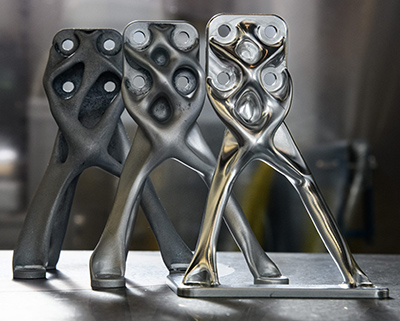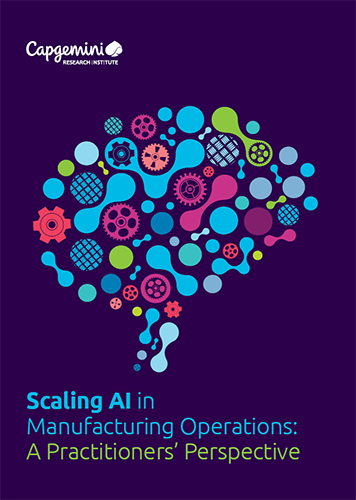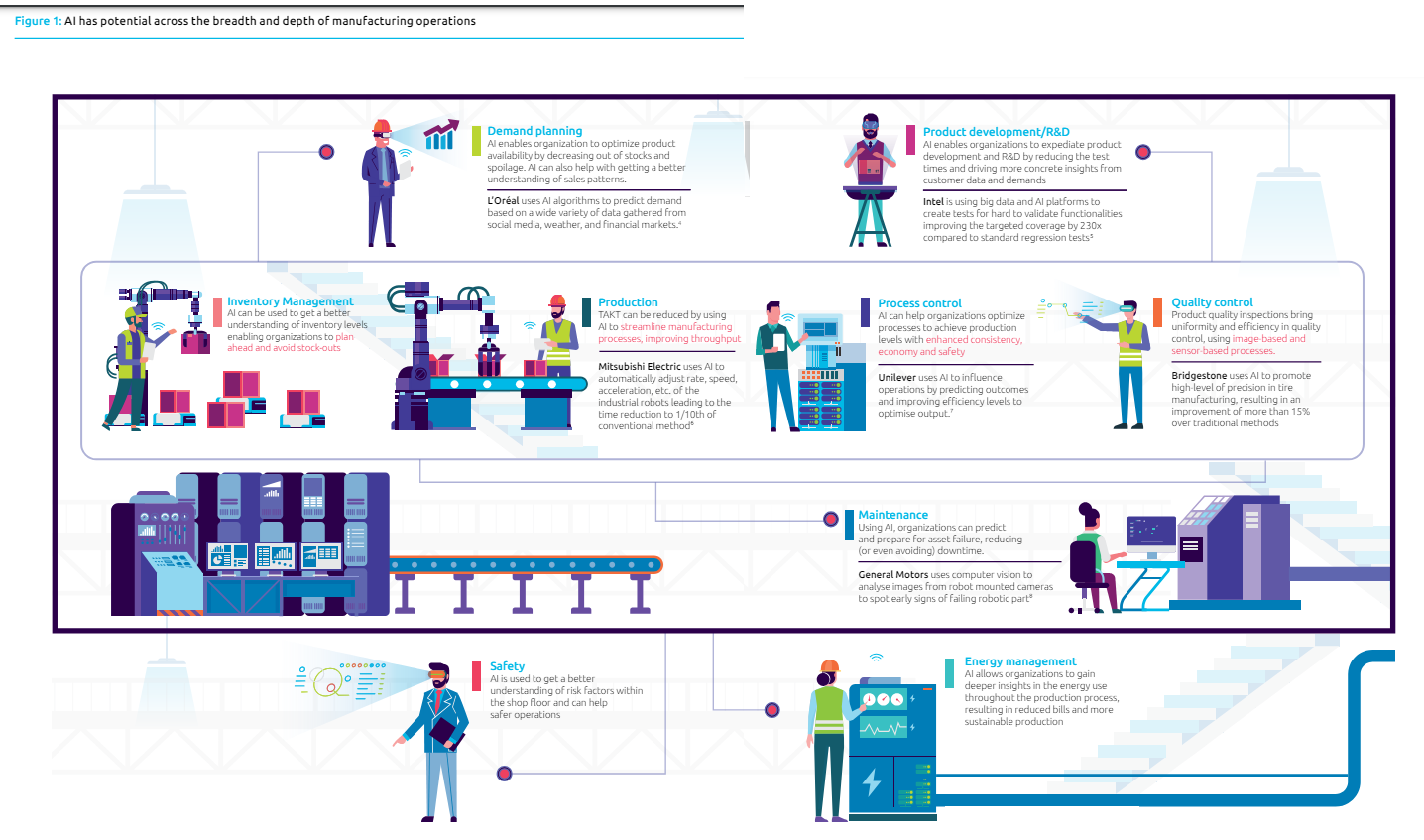
Part Two
AI, America & Advanced Manufacturing, Part Two
If GenAI Is the Remedy, How Best to Implement & Scale?
Dad is a what!?
When the first steam-powered factory converted to electricity in 1882, current was supplied by Edison’s Pearl Street power

plant, which witnessed the birth of a brand-new profession: the electrician. The funny-sounding name, at first sneered at by many, would become a well-paying occupation for millions; and no job large or small would escape the transformative power of electric motors.
Edison’s electric-powered factory was a once-in-a-century moment. And here we go doing it again with GenAI. Electrification lifted off slowly and spread everywhere. Then, suddenly electricity meant everything to everyone. The Edisons of the 21st century are today trickling into their very own Pearl Streets, but slowly.
As Andrew Ng said during a recent Stanford talk, AI is concentrated in Silicon Valley right now, but has a very long tail stretching out into industry that will soon dwarf Silicon Valley. Suddenly again with technology, GenAI, like electrification before it, will mean everything to everyone…and then some.
Slow start for “Once-in-a-Century Moment”
Granted, it’s been but a little over a year since GenAI swept into view, yet things are taking place more slowly than many expected, even among industrialists themselves. For some, the chart below courtesy of The Future of Industrial AI in Manufacturing: Project 2030, seems to reflect some confusion, trepidation, a bit of bumbling, even disbelief shadowing every step of the way.
23% of industries doing some implementation; and only 7% proceeding at scale. That’s only 30% pushing the envelope of what’s been called tech’s most important advance, ever!

A New York Times article from a few years back seemed harshly distrustful of what it called the Davos Elite. The Hidden Automation Agenda of the Davos Elite, summarizes what’s going on this way: “All over the world, executives are spending billions of dollars to transform their businesses into lean, digitized, highly automated operations.
“They crave the fat profit margins automation can deliver, and they see AI as a golden ticket to savings, perhaps by letting them whittle departments with thousands of workers down to just a few dozen.”
If true, and greed is a great motivator, it’s a good thing that GenAI has appeared on the scene when it did. It’s already democratizing AI technology enough for almost anyone to achieve great success. Certainly, over time, industry titans will try to corral and control GenAI, but for now, the industry, at least 70% of it (from the chart), is having a difficult time wrapping its head around what’s going on.
A full 22% are “Developing awareness”! What was that?


NASA got it right!
Seeing how someone else successfully handles the journey of GenAI into advanced manufacturing is sure to boost confidence.
One of these future technologies is generative design, which “is the next frontier in computer-aided design (CAD) for engineers in virtually all manufacturing industries.

“It harnesses the power of AI to develop new high-performance design concepts that help solve complex challenges, reduce manufacturing costs, increase customization, and optimize performance.” Arguably, all of these are part of the package of goals for which the Davos Elite strive.
NASA pulled it off and Ryan McClelland from NASA Goddard Space Flight Center gave his insights to an Autodesk audience about how NASA used generative design and AI to produce new components for spaceflight structures, thereby revolutionizing the process by which NASA designs and manufactures parts.
McClelland took a “small to mid-sized metallic structure” from requirements to fabrication in just a few days and did so in a mostly automated fashion. The AI produced 31 iterations of two different designs in one hour. “These designs met all the requirements for the bracket design; with at least some of the iterations greatly exceeding the baseline requirements.”
“With generative design helping to conceptualize parts and components, and advanced manufacturing solutions helping to bring them to life, NASA has seen benefits that extend behind time savings. The agency has gained the ability to optimize the characteristics of components – including their strength and weight– while drastically decreasing the cost of component fabrication.”
Now, how to spread that across a factory floor? How to begin the movement to Factory 5.0 with advanced manufacturing? Capgemini has taken a shot and produced an interesting layout in its recent Scaling AI in Manufacturing Operations: A Practitioners’ Perspective (free 36-page download). It’s also annotated by industrialists with a bit of case history and experience behind their AI-to-factory-floor efforts.



